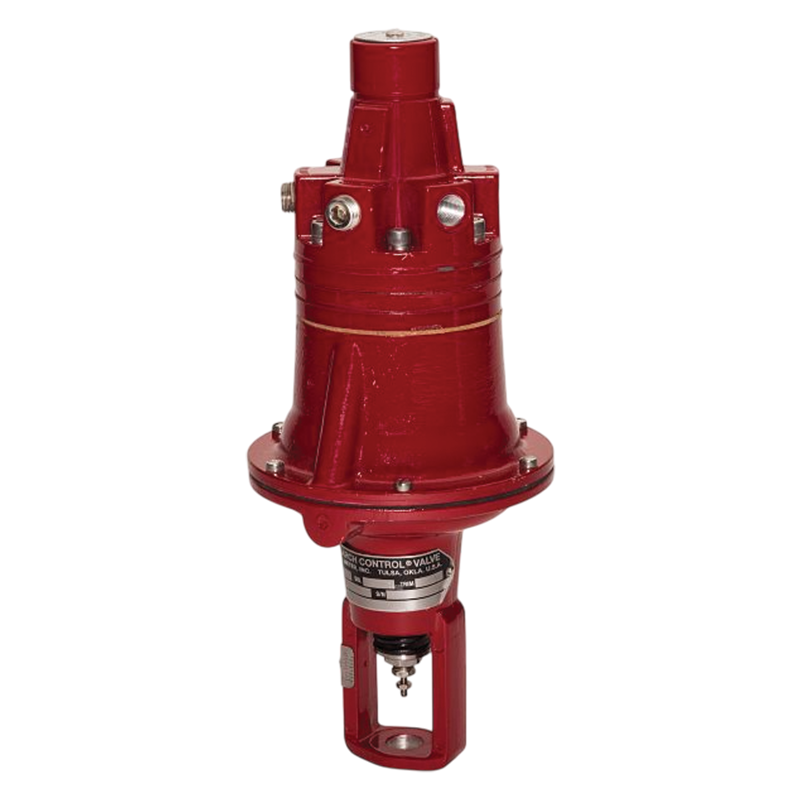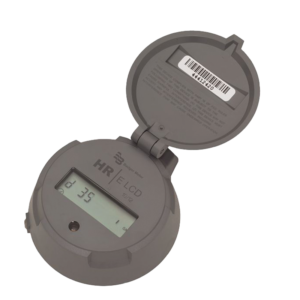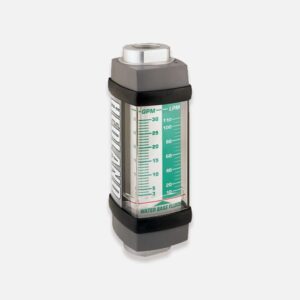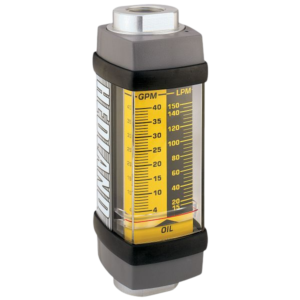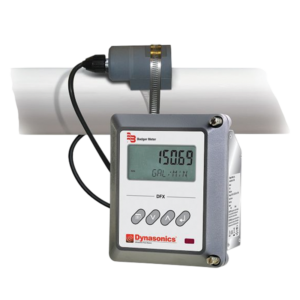The actual operation of the unit is simple. Two airlines are required: one to provide the instrument signal and one to provide supply air. The amount of supply air required is determined by the spring force necessary to overcome forces generated within the valve. The standard minimum supply pressure is 22 psig (1.5 bar) of clean, filtered, dry air. The two airlines should be connected to the ports marked Supply and Inst on the positioner. The “load” and “aux load” are not used in normal installations and are provided with “vented” stainless plugs. These plugs should not be removed. The port marked “valve” is provided with a blind pipe plug and should be left in place. Since this port is an integral part of the piping of air from the positioner to the main diaphragm, it can also be plugged with a gauge, which will indicate the actual output of the positioner to the air diaphragm.
Upon an increase in instrument signal, the position of the pilot within the positioner is shifted down, causing the supply air to be re-directed through internal passages to the main valve diaphragm cavity. As the main diaphragm travels upward, the feedback range spring is compressed. The increased force, created by the range spring, is transmitted to the diaphragm assembly in the positioner. The upward shift in the positioner diaphragm assembly causes
the pilot to re-position and assume a balanced state. The entire function creates a complete feedback loop within the unit, causing the valve to position accurately and with a high degree of repeatability.

